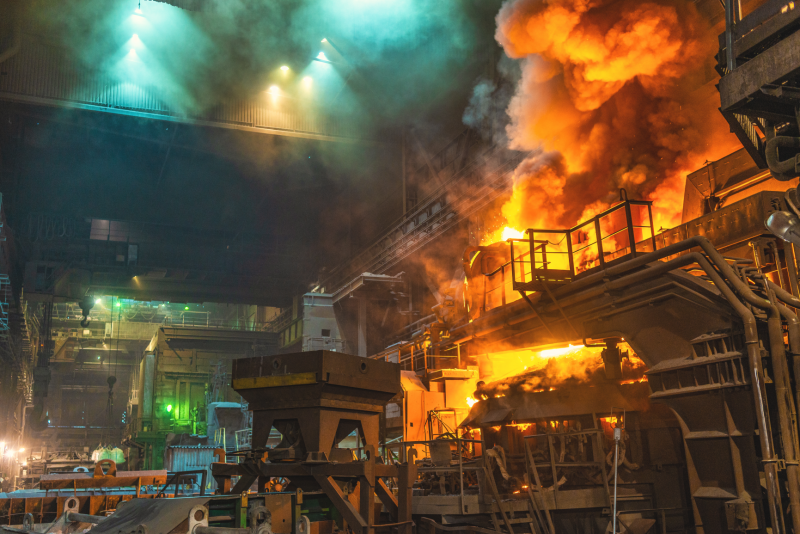
Steelmakers and Importers Clash Over EU Trade Defence Measures
Europe’s trade defence landscape is shifting fast as steelmakers push for tighter import controls. A rift has formed between domestic producers and importers after the July 28 EU-US trade agreement. Under the deal, EU steel exports to the US remain subject to the 50% Section 232 import tariffs. Other product categories will receive a reduced 15% reciprocal rate.
Industry group Eurofer warned that these tariffs could wipe out 3.8 million tonnes of EU steel exports to the US. European steelmakers now urge the European Commission to enforce stricter safeguards from January 1—six months ahead of schedule. A group of 11 EU nations submitted a formal request calling for a 40–50% quota cut. They also seek to double above-quota duties from 25% to 50%.
Meanwhile, major mills like Salzgitter and Thyssenkrupp report falling output and revenues. Salzgitter’s H1 2025 production dropped 7.4% to 2.49 million tonnes. Thyssenkrupp’s share price fell 7% after it cut its sales forecast due to “enormous macroeconomic uncertainty.”
CBAM Uncertainty Threatens EU Importers’ Business Models
At the same time, importers across the EU and UK face rising uncertainty over the upcoming Carbon Border Adjustment Mechanism (CBAM). The lack of published benchmark emissions values has stalled new orders. Many importers warn they cannot calculate the financial impact of CBAM charges due to begin January 1, 2026.
Some industry respondents anticipate delays to the tax’s enforcement, possibly aligning with the UK’s 2027 start date. In mid-July, a coalition of EU importers formally challenged the legality of CBAM’s rollout, citing risks of insolvency and unfair market disadvantage. They questioned why emissions benchmarks remain undisclosed and asked the Commission to consider exemptions for small and medium-sized enterprises (SMEs).
Meanwhile, discussions are underway between the EU and UK to harmonize their Emissions Trading Systems (ETS). If aligned, CBAM charges between the two economies could be eliminated, easing cross-border trade and reducing market fragmentation.
SuperMetalPrice Commentary:
The EU’s steel sector stands at a strategic crossroads. Rising protectionism, unresolved carbon pricing, and continued US tariffs are reshaping the supply-demand dynamics. The steelmakers’ push for stricter safeguards suggests a defensive posture amid weak global demand and lower pricing power. Importers, however, face increasing regulatory risk, especially with CBAM implementation looming without clarity. As Brussels weighs its next move, the outcome will define not just trade flows but also investment confidence across the European metals supply chain. Aligning the CBAM rollout with broader ETS reforms may offer a vital lifeline for both producers and importers.


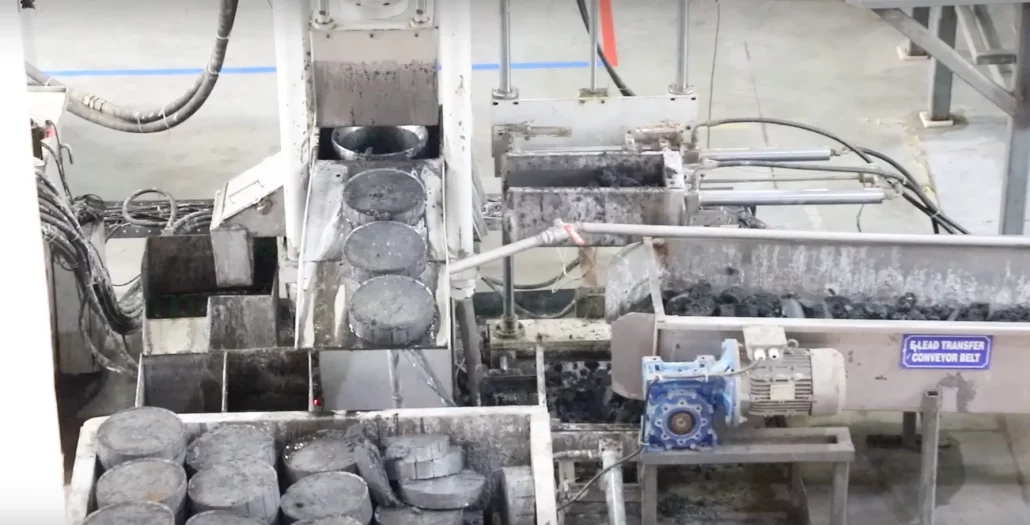

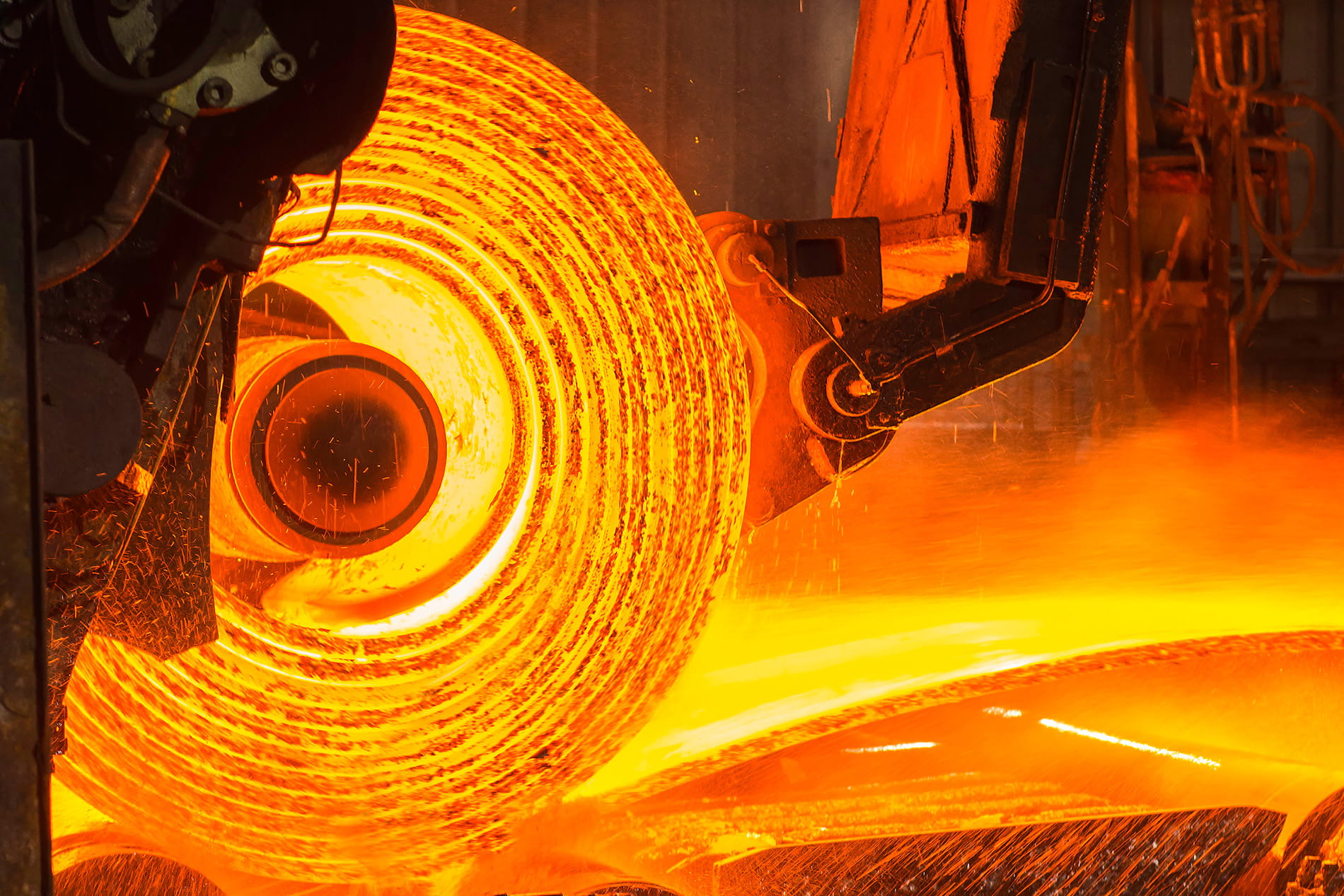


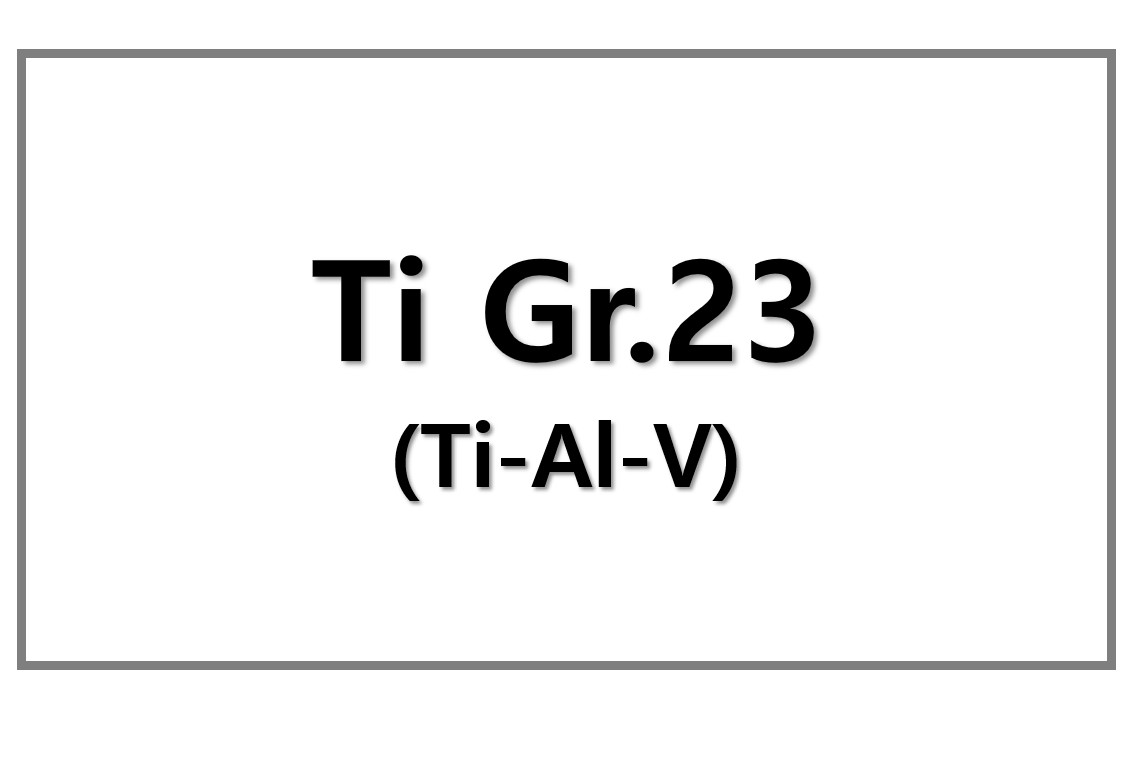
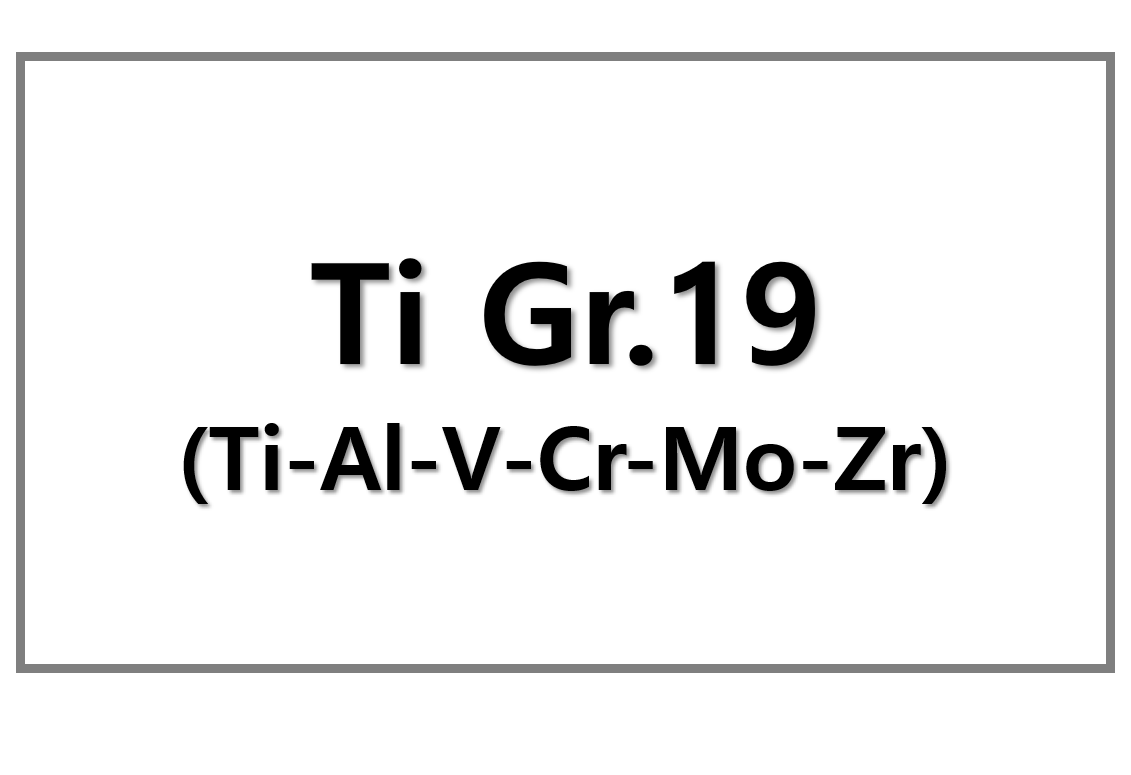
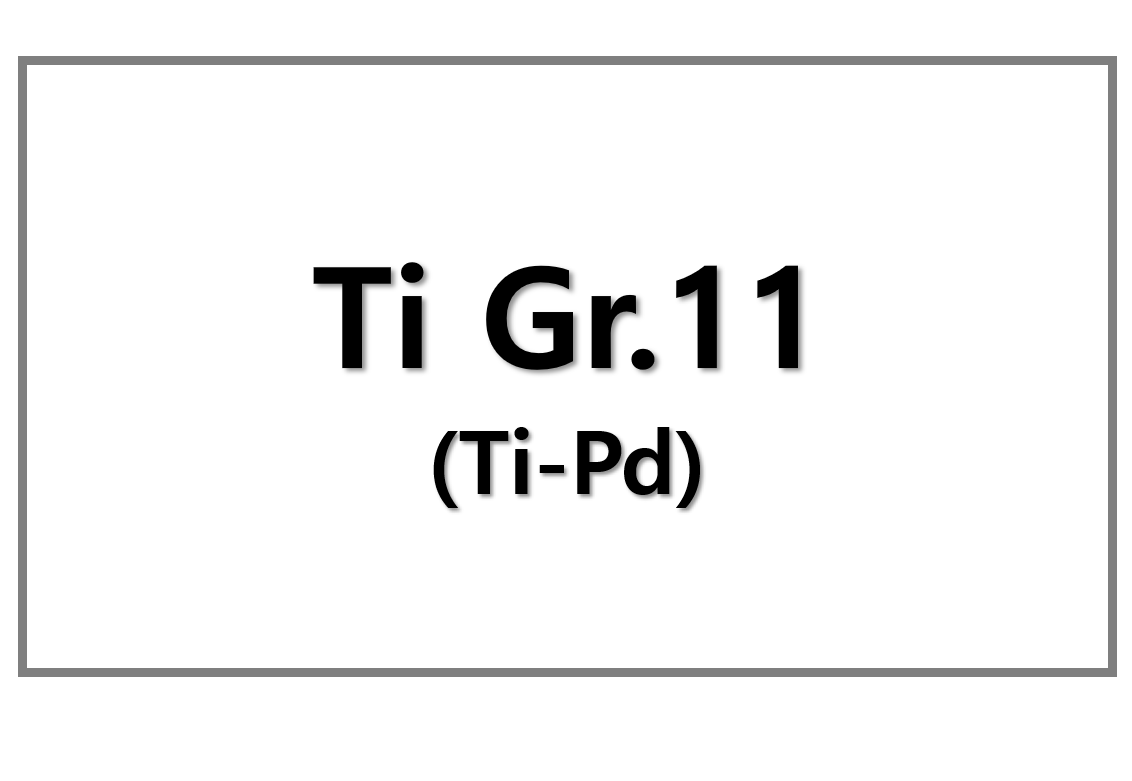
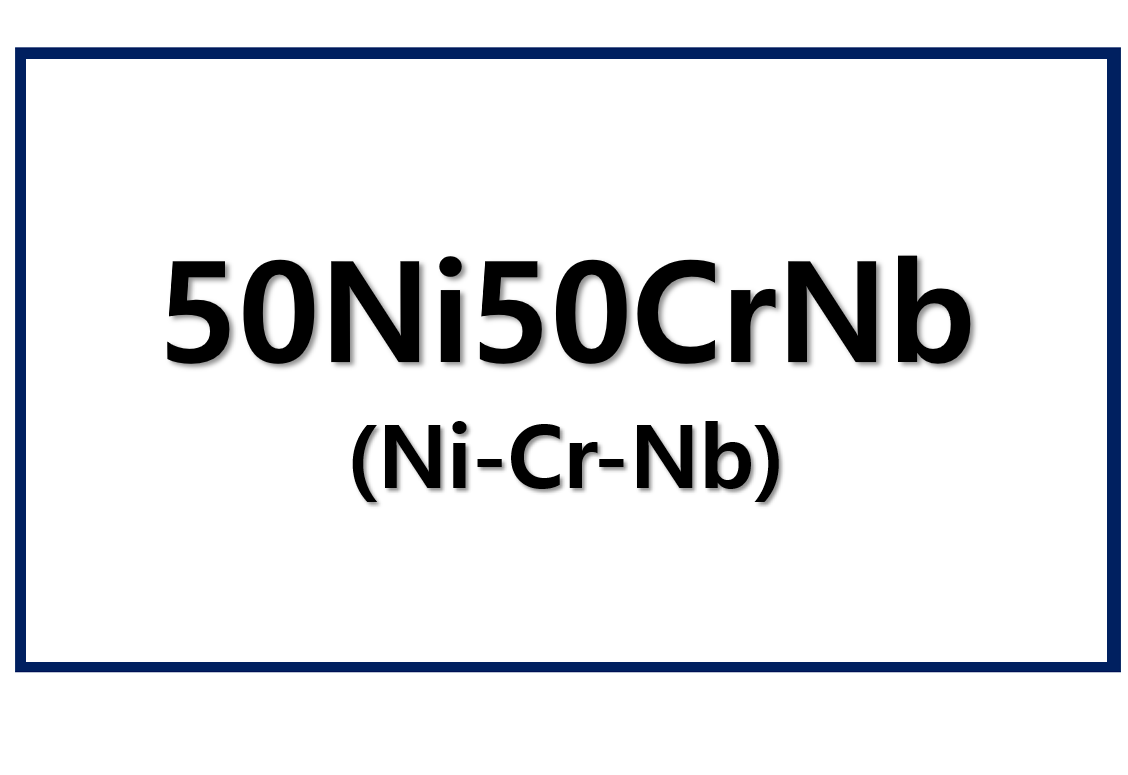
Leave a Reply
You must be logged in to post a comment.